The Article
EAT’s C-Sharp Turntable with C-Note Arm: EAT UP!
1st March 2016
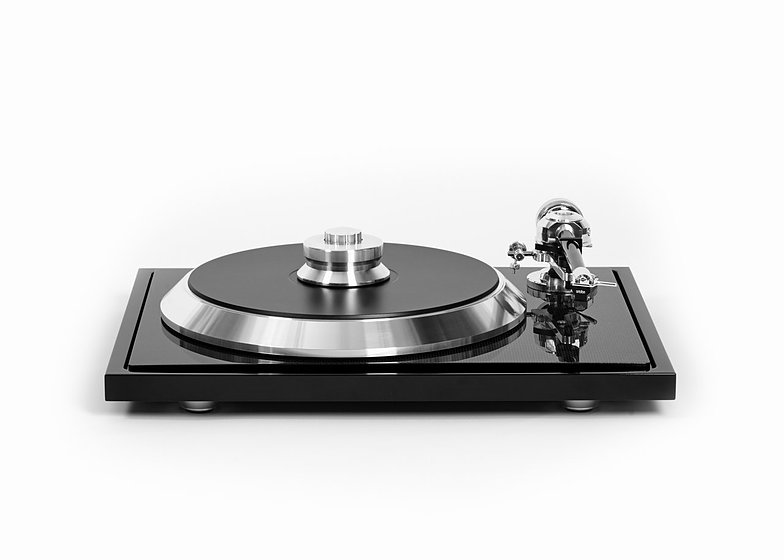
EAT has released a new, mid-priced, turntable. Paul Rigby reviews the C-Sharp turntable and its C-Note arm
Based in Prague, in the Czech Republic, EAT is in the fortunate position of owning and sharing a factory with turntable giant, Pro-Ject (EAT boss, Jozefina Lichtenegger, is married to Pro-Ject’s founder, Heinz Lichtenegger). All EAT turntable parts are made on site which keeps costs down. Jozefina Lichtenegger was keen to emphasise, though, that EAT is a wholly separate company and, apart from a few screws, shares nothing with Pro-Ject. In fact, the sixth floor of the factory is wholly EAT which includes it’s own infrastructure, staff and designers.
Addressing the turntable, Lichtenegger first discussed the C-Note arm, “It’s a hybrid Cardan/unipivot made from carbon fibre with copper internal cable,” she said. “You can change the azimuth and VTA with adjustable locking nuts. It comes with a silicon damping liquid plus a lightweight, aluminium headshell.”
The anti-skating compensator uses a nylon thread and must be passed around the back of the housing to hook onto a small peg on its outer side. This can be fiddly but Lichtenegger disagreed, “It shouldn’t be difficult unless you have big fingers! I’m a woman so I find it easy. You can maybe ask your wife to help for that part of the set-up. Women are normally much more skilled.”
The external power block trails a bell wire to a plug. Lichtenegger was unable to fully describe the nature of the power supply but it seems to be of a ‘Never Connected’ type. It holds the speed changer buttons (33.33rpm and 45rpm) plus a ‘standby’ button. The selected button’s light flashes until the required speed is met whereupon the flashing light becomes a steady emitter.
The low profile deck itself holds a large 340mm diameter platter, which EAT sees as an alternative to thick, small diameter, platters, “With our platter, more mass is actually moving while the actual weight of the turntable is kept low,” said Lichtenegger.
On top of the platter is a fixed (recycled) vinyl mat, “Nothing collectable was used though,” quipped Lichtenegger. The platter sits on top of a belt-holding sub-platter and both are constructed from an aluminium/magnesium alloy, sitting on a bronze bearing.
The motor is fixed in a lower plinth, separated from the tonearm and bearing by a suspended chassis, “They’re constructed by a sandwich of carbon fibre and MDF. The suspension features a series of seven conical thermoplastic elastomer pieces to remove vibration,” said Lichtenegger. “They are far superior to Sorbothane.”
Produced by Ortofon, the elastomers were available in much wider, more customised densities. EAT also found that this elastomer was far more stable than Sorbothane, which changed its inherent properties over time.
So, let’s put the C-Sharp into perspective. If EAT can produce a turntable at a cheaper cost because it owns the factory, how does that equate to a competing manufacturer who does not and must out-source more expensive parts? How much should this C-Sharp turntable actually cost? “Probably around £4,000,” said Lichtenegger. Which puts this £2,500 turntable into some sort of perspective.
SOUND QUALITY
I began the sound test without the use of the supplied clamp to judge the sound quality of the basic deck and then to see how the clamp altered the final sonic signature.
Spinning an instrumental piano rendition of You’ll Never Walk Alone from Nina Simone with a cello accompaniment and minor secondary cymbal percussion, this complex rendition is adorned with frills and rolls that threaten to bloom and invade the cello space.
Yet, from the first few bars of this music, I was impressed by the solidity and maturity of the EAT’s output. This turntable is obviously the result of some considered design tenets because there is a focus here which breeds confidence in the listener.
Tonally, the piano was appealing and remained so as Simone upped her game and became more energetic in her performance. The rise to the final crescendo excited many piano resonances. At this point, the entire performance could easily have become uncontrollable yet the EAT’s low noise output helped to not only allow the ear to peek in between each note but also prevented the ultimate upper midrange hardening at the top of the scale during the musical climax. Despite a touch of midrange dryness, the cello remained rhythmic while the brief burst of treble via the cymbal was calm and rich in tone.
For a more uptempo contrast, I turned to David Bowie and his Always Crashing In The Same Car from his 1977 album, Low. Again, I was impressed with the low noise output on this track. It certainly benefitted the overall presentation. Despite that touch of midrange dryness again that slightly restricted the air and dynamic extension, there was plenty of detail revealed by the low noise rendition such as the shy rhythmic guitar that sat underneath the Bowie vocal. The EAT easily targeted this instrument, allowing the ear to hear the easily hidden performance. The lead guitar, which has a tendency towards stridency in more uncontrolled turntables, not only exhibited a tight control but offered no hint of being shouty or forward on the EAT. At all times, the guitar was incisive and exacting. The treated percussion was also focused, although it was not the meatiest that I’ve ever heard. There was plenty of zip and vibrancy, though. Finally, the soundstage was both full and wide, giving the music a real epic nature while detail could be heard at each extremity, doubtless the result of the excellent arm performance, as confirmed by our technical tests.
It was at this stage that I decided to add the included clamp which I tightened onto the screw-threaded spindle.
Replaying the Bowie track, I noticed an immediate change in the upper midrange. The dry aspect was now gone. It now offered a more open and airy nature, confirming that the clamp was a necessary part of the deck’s design make-up. This allowed the vocal to sound breathy which enhanced the emotions during his delivery. It also pushed Brian Eno’s rather subtle synth work to the fore, giving it a little more prominence while the high pitched percussive effects had a rounded tone that enhanced their character. There was a downside, though. Those same spacious upper mids also sounded slightly out of control, which ruined the previously admirable soundstage focus.
I confronted EAT boss, Lichtenegger with this issue and she confirmed that the clamp was only to be tightened on the screw-threaded spindle during installation. During play, she instructed, the clamp was to be left sitting loosely on the record spindle. The advertised ‘clamp’, in use, is actually a stabiliser, therefore.
In this configuration, the sound quality immediately improved. Focus was enhanced in the upper mids with a concurrent lowering of blurring. Yet, I felt that the C-Sharp was capable of more, so I removed the EAT clamp from the turntable.
I returned to Lichtenegger with my conclusions and she was refreshingly open about the EAT clamp/stabiliser’s properties, “Yes, there are much better clamps on the market. We like to listen to you and our customers. This is how we progress.”
This why I reached for the Oyaide STB-MS (£225) stabiliser instead. This design proved far superior, as it not only removed the bloom and blurring but extended, further, air and space while keeping the focus intact. I highly recommend this unit if you intend to purchase an EAT C-Sharp, as an immediate upgrade, to replace the supplied EAT clamp/stabiliser.
With the Oyaide stabiliser in place, I then moved to Ananda Shankar (son of Ravi) and his early seventies, self-titled, production with a cover of the Rolling Stones’ Jumpin’ Jack Flash on sitar!
I was impressed with the EAT’s soundstage structure on this track which was layered in a 3D fashion around the central stereo image with extensions to the left and right. This pressing can be dangerously strident if not carefully controlled. I found the EAT performed this feat with ease, grabbing the track by the throat and forcing the oft forward upper mid-sounding female backing singers to remain calm and collected during their performance while percussion was self-assured without being hefty.
Moving onto the next track on the LP, Snow Flower, it was quite startling to hear the wide sound stage again. Secondary percussion displayed admirable clarity while bass provided a characterful presentation that added a secure foundation to the entire track.
CONCLUSION
The C-Sharp displays incredible value for money with its low noise output and controlled sonics that are both well focused and mature in nature with an incisive and well detailed presentation.
EAT C-SHARP/C-NOTE
Price: £2,500
Website: www.euroaudioteam.com
Tel: 0208 9713909
Good: clarity, soundstage, low noise, arm performance
Bad: fiddly anti-skating set-up, ‘clamp’
Rating: 8
REFERENCE SYSTEM
Wilson Benesch Full Circle turntable
0.5 carbon fibre arm
Oyaide STB-MS stabiliser
Icon PS3 Phono amplifier
Benz Glider cartridge
Icon MB845 Mk.II monoblocks
Aesthetix Calypso Pre-amp
Quad ESL-57 One Thing modified speakers
Tellurium Q speaker/phono cables
Vertex AQ mains cables and power blocks

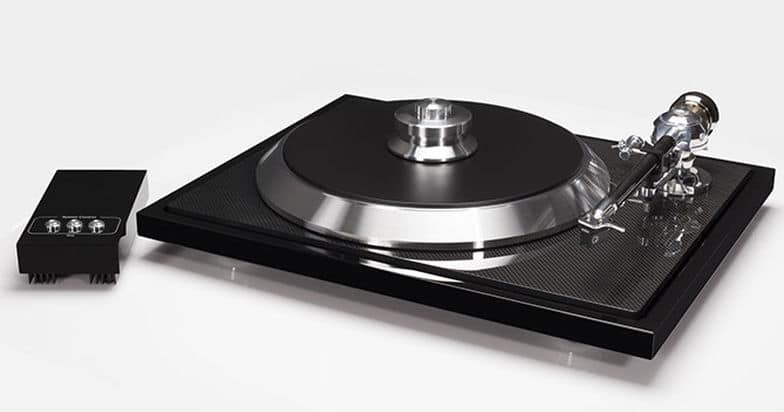
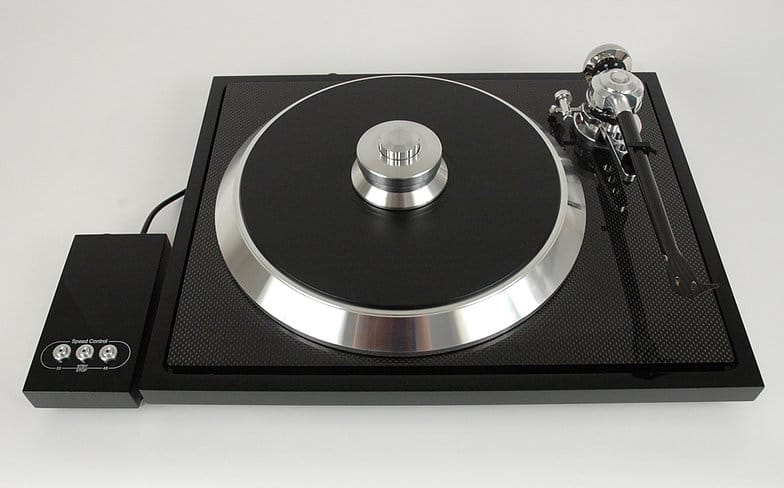
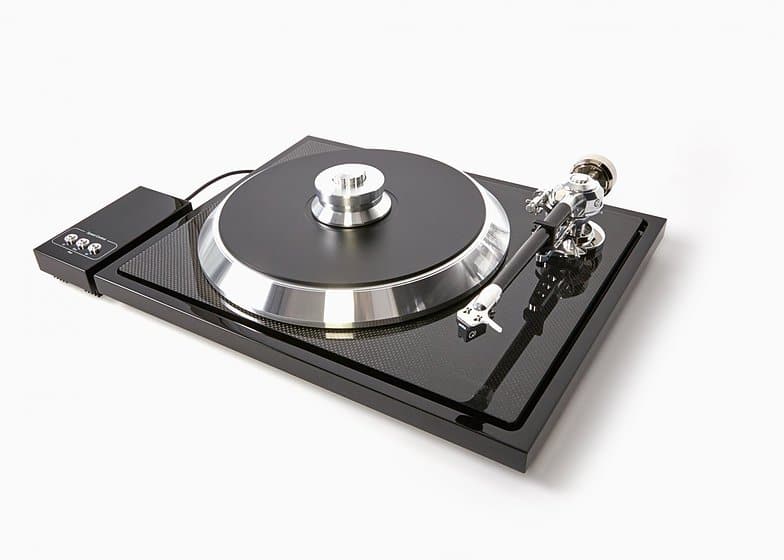
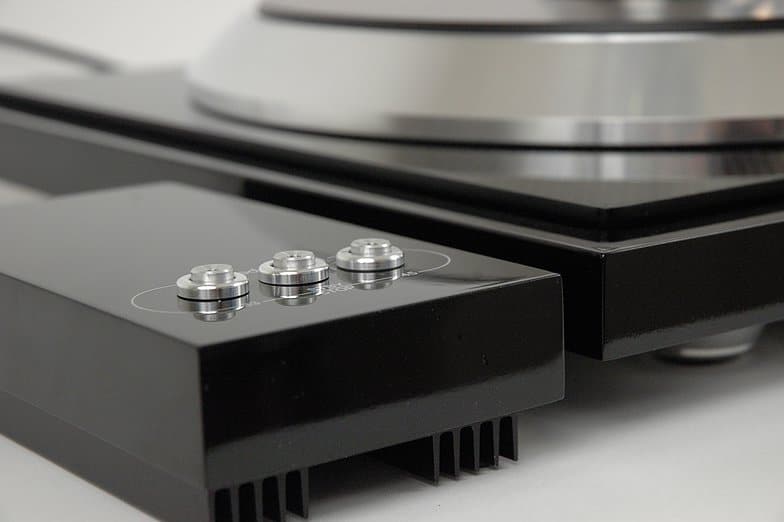


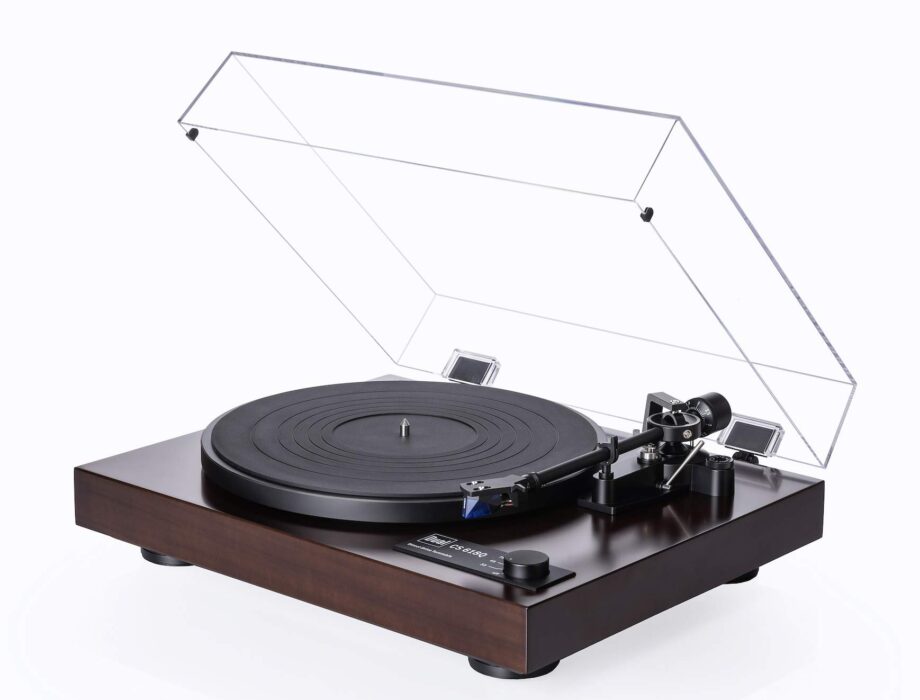
My C Sharp arrived and also I ordered the stabilizer STB-MS. I also opted to buy the 6 pieces of carbon multi use pipe STB-CM. Did you use the Oyaide stabilizer in its -MS configuration or did you tune it using some or all of the -CM kit? Everything is in and I am going to be setting up the table soon!
I used the MS, Pete. All sounds good, though. Tweaking with the CM should produce some exacting results. Let me know how you get on and how the deck performs.